Complete Guide to Tan Line Treatments | How to Even Out Tan Lines
Tan lines are those lighter or un-tanned bands you see on your skin where clothing or shade blocked UV rays. They form because parts of your skin were exposed while others were protected. Uneven tanning can impact your appearance and knock your confidence. You may feel the contrast looks unnatural or draws unwanted attention. This guide walks you through what causes tan lines, how long they last, and the full range of remedies from at-home to professional to help you even out your skin tone and improve your look.
Understanding Tan Lines
Tan lines form due to uneven sun exposure and differences in melanin production. Their fading depends on skin type and the extent of exposure. Knowing when tan lines will fade naturally helps decide if treatment is needed.
What Causes Tan Lines
- Exposure to ultraviolet (UV) light triggers your skin to produce more melanin (the pigment that gives skin its colour) in exposed areas.
- Where clothing, straps, or accessories block sunlight, the skin remains lighter while surrounding exposed skin darkens—this creates a visible tan line.
- Sunscreen that is applied unevenly or not at all in some areas also contributes. Without sufficient protection the exposed skin darkens more.
- Your skin type, time of day, altitude and reflection (for example from water) all influence how quickly skin tints.
How Long Tan Lines Last
- A typical suntan (i.e., increased pigment from UV exposure) usually begins to fade once you stop further exposure. Many sources state the skin starts shedding the tinted cells after about 7-10 days.
- Some tanned areas persist longer up to “weeks or even months” depending on intensity, skin turnover, ongoing exposure and whether the pigment is deeper.
| Skin Condition | Typical Duration | Notes |
|---|---|---|
| Light tan, mild exposure | ~7-10 days | Skin regenerates outer layer |
| Moderate tan, repeated exposure | 2-4 weeks | Pigment is deeper and more persistent |
| Deep, long-term tanning/pigmentation | Several weeks to months | May require active treatment |
Identifying Permanent vs Temporary Tan Lines
- If the lighter area is simply less exposed and your skin colour difference is mild, that suggests a temporary tan line that will fade as your skin cycles.
- If the contrast is very pronounced, you’ve had repeated intense exposure, or the skin shows underlying pigmentation changes (not just surface tan), this suggests a more persistent discoloration. For example, hyper-pigmentation or sun damage rather than just a simple tan.
- Signs you might need active treatment: the tan line persists beyond 4-6 weeks, you see textural change (peeling, roughness), or you notice other pigmentation patches outside the obvious area.
- Conversely if the skin is healthy, the contrast is modest, no sunburn or damage, you may simply give it time and practice good sun protection.
At-Home Remedies for Evening Out Tan Lines
Natural methods like exfoliation and moisturizing can help lighten tan lines over time. Using gentle scrubs and hydrating masks supports skin renewal and balances tone without harsh chemicals.
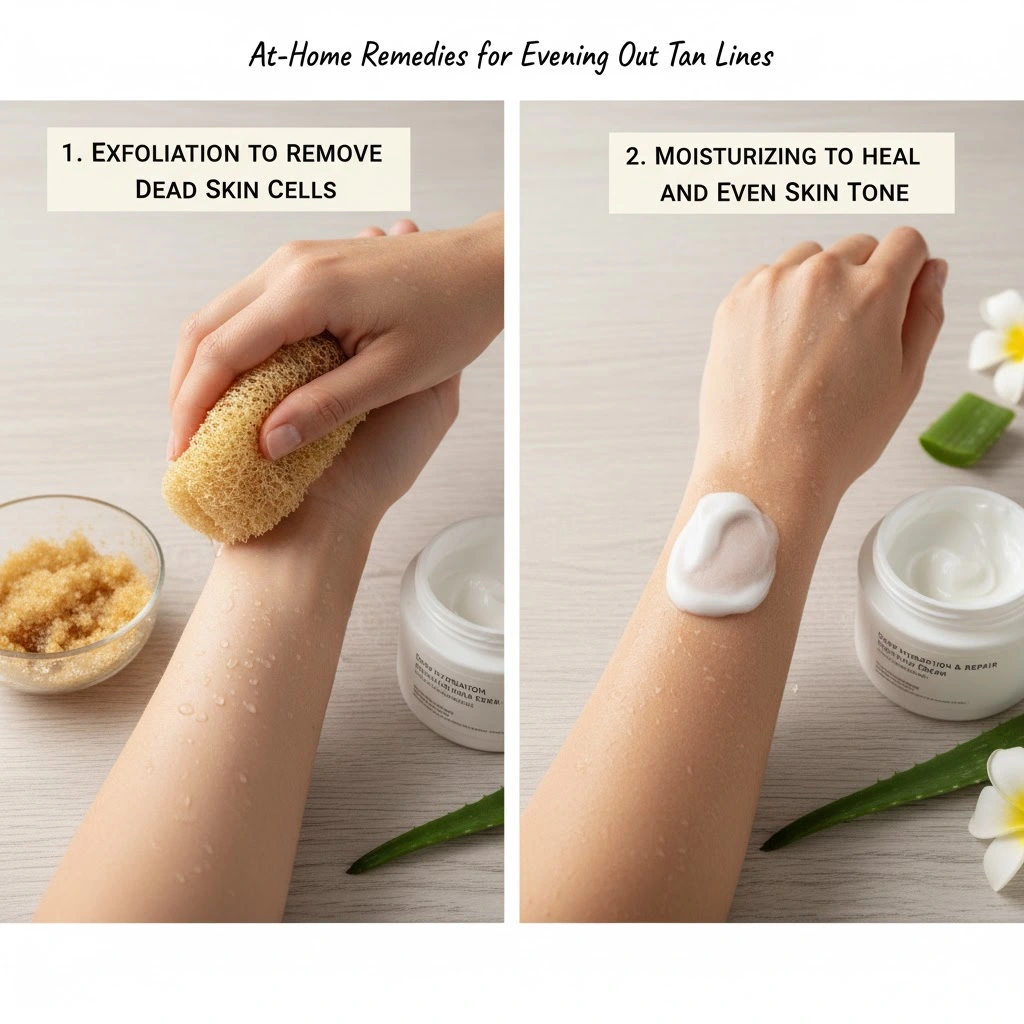
Exfoliation to Remove Dead Skin Cells
Regular exfoliation helps remove the outer layer of skin that holds the recent tan, allowing newer and more evenly pigmented cells to surface. Gentle body scrubs made with sugar or luffa, exfoliating mitts, or soft brushes work best for this purpose. It’s important not to overdo it, as excessive scrubbing can irritate the skin. People with sensitive skin should stick to mild exfoliants, avoid strong acids, and exfoliate only once or twice a week. After exfoliation, always apply a good moisturizer to restore hydration and support healthy skin renewal. Pay extra attention to areas prone to uneven tanning, such as shoulders and spots behind straps, to gradually blend the tan lines and achieve a smoother tone.
Moisturizing to Heal and Even Skin Tone
Moisturizing plays a key role in healing and evening out tan lines because hydrated skin renews faster and maintains a smooth, balanced tone. When the skin dries out after sun exposure, it becomes dull and patchy, which can make tan lines appear darker. Applying moisturizers regularly helps restore the skin barrier, improves elasticity, and reduces contrast between tanned and lighter areas. Natural ingredients can be just as effective as store-bought lotions. Aloe vera gel is excellent for soothing sun-exposed skin and promoting healing, while coconut oil deeply hydrates and locks in moisture. You can also make a simple homemade moisturizer by mixing equal parts of aloe vera and rose water for a refreshing, light blend that calms the skin. For very dry skin, combine shea butter with a few drops of vitamin E oil to create a rich, nourishing cream that supports recovery. Another good option is a yogurt and honey mix, which softens rough patches and restores natural glow. Apply your chosen moisturizer twice a day, focusing on tanned or dry areas, to gradually even out your skin tone and keep it healthy.
Natural DIY Remedies
Remedies for Normal Skin
For normal skin, a sugar and olive oil scrub helps remove dead skin cells while restoring softness. Sugar exfoliates gently and olive oil nourishes the skin. Massage in circular motions for two to three minutes and rinse with warm water twice a week. Follow up with a mix of aloe vera gel and honey to keep your skin hydrated and even-toned. Apply daily after showering and let it absorb naturally for smooth, glowing skin.
Remedies for Dry Skin
Dry skin needs both exfoliation and deep nourishment. An oatmeal and milk scrub works effectively to remove tan and dead cells while moisturizing at the same time. Gently rub in circular motions for a few minutes, then rinse with lukewarm water. For lasting hydration, apply coconut oil blended with a few drops of vitamin E oil. This natural combination repairs dryness overnight, leaving skin soft and healthy.
Remedies for Oily Skin
Oily skin can benefit from a coffee and yogurt scrub. Coffee grounds help exfoliate and reduce excess oil, while yogurt brightens the skin and provides a smooth texture. Use this scrub once or twice weekly without aggressive rubbing. For moisture, mix aloe vera gel with cucumber juice. This light blend hydrates without clogging pores. Apply a thin layer daily, leave for 15 minutes, and rinse for a refreshed and balanced look.
Remedies for Sensitive Skin
Sensitive skin requires mild care. A rice flour and rose water paste provides gentle exfoliation that soothes irritation and smooths texture. Apply for about ten minutes, then rinse with cool water. For moisturizing, mix shea butter with a few drops of chamomile oil. This calms redness, strengthens the skin barrier, and adds lasting softness. Apply a small amount daily, focusing on dry or reactive areas.
Remedies for Combination Skin
Combination skin needs balanced care. A lemon sugar scrub works well to brighten dull spots and smooth uneven texture. Lemon lightens, sugar exfoliates, and honey hydrates. Use once a week and test on a small area first to avoid sensitivity. After exfoliation, apply a yogurt and honey cream to balance oil and dryness. Leave it on for ten minutes, rinse, and pat dry for skin that feels even and refreshed.
Professional Treatments for Stubborn Tan Lines
Stronger options like chemical peels, laser therapy, and microdermabrasion accelerate pigment removal. These treatments offer faster, more visible results for tan lines that resist home care.

Chemical Peels
A chemical peel removes one or more layers of skin to reveal fresh, evenly pigmented skin underneath. This treatment improves skin tone and texture by speeding up cell renewal. Peels come in different strengths from light to deep each suited for varying levels of discoloration.
For tan lines, chemical peels reduce contrast by removing the darker, sun-exposed layer. After a peel, it’s important to avoid sun exposure and follow gentle skincare routines as advised by your dermatologist. Light peels can be repeated every few weeks, while deeper peels need more recovery time and professional care. People with darker skin or certain conditions should consult a dermatologist first to avoid uneven pigmentation.
Laser Treatments
Laser treatments are an effective way to reduce tan lines and restore an even skin tone. The procedure uses focused light energy to target areas of excess pigmentation while leaving surrounding skin unharmed. It breaks down melanin deposits that cause uneven color, allowing the body to clear them naturally. Dermatologists note that laser therapy often delivers faster and more visible results than creams or scrubs, especially for deep or stubborn tan lines.
A certified dermatologist determines the right laser type and strength based on your skin tone and pigmentation level. Most people need several sessions spaced a few weeks apart for best results. After treatment, protecting your skin from the sun is crucial since it becomes more sensitive. Always use broad-spectrum sunscreen and avoid tanning during recovery.
Laser treatments are safe for most skin types when done by professionals. For darker skin tones, dermatologists often use Nd:YAG lasers, which reduce the risk of pigmentation imbalance. When performed correctly, this treatment helps blend tan lines and leaves the skin looking smooth, even, and refreshed.
Microdermabrasion
Microdermabrasion is a gentle, non-invasive treatment that exfoliates the skin’s outer layer using fine crystals or a diamond tip. It removes dead skin cells and promotes new skin growth, helping to fade tan lines and even out skin tone.
This procedure suits most skin types and requires little downtime. Results improve gradually with multiple sessions spaced a week or two apart. After treatment, moisturizing and sun protection are important to support healing and prevent further damage.
Performed by trained professionals, microdermabrasion is a safe and effective way to reduce tan lines without the risks of stronger treatments.
Makeup and Temporary Fixes
Self-tanners and concealers can effectively blend tan lines for a natural look. Proper application and product choice ensure long-lasting, even coverage to mask uneven pigmentation.
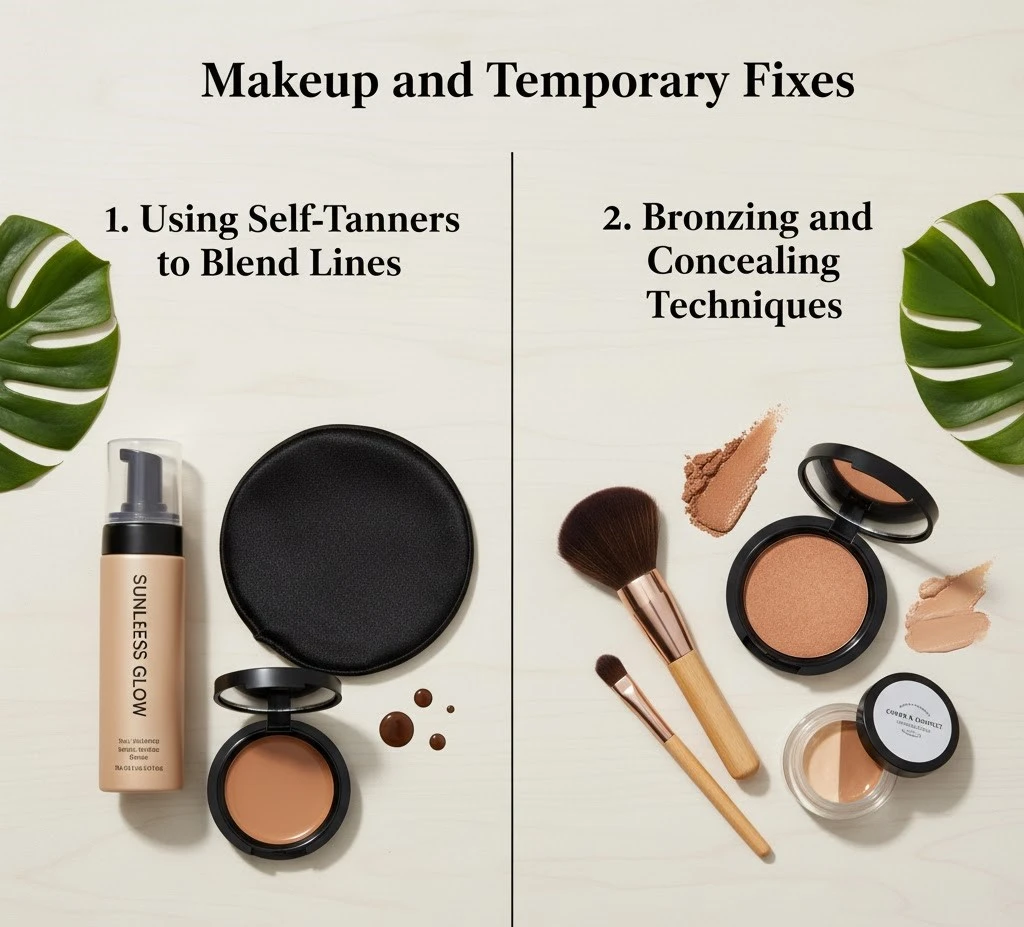
Using Self-Tanners to Blend Lines
Preparation: exfoliate and dry your skin before applying.
Application: use a tanning mitt, apply in sections, blend at edges (wrists, ankles) to avoid harsh borders.
For tan lines: match your existing tanned area, apply the self-tanner slightly beyond the lighter border to blend. Dilute product at joints (elbows/knees) where skin absorbs more.
Choose gradual tanner for more control, especially if you only want to even out rather than darken further.
Bronzing and Concealing Techniques
- Use body makeup or tinted moisturiser on the lighter area to match the tanned area for an instant blend.
- Steps: cleanse and moisturise area, apply a tinted product (body foundation), set with translucent powder, and avoid water contact until set.
- Tip: Match the tone carefully, use a soft brush for edges to blur line. This is temporary but effective for outfits, photos or events.
Preventing Future Tan Lines
Applying broad-spectrum sunscreen regularly protects skin from uneven tanning. Wearing appropriate clothing and managing sun exposure help avoid new tan lines from forming.
Apply Sunscreen Consistently
- Use a broad-spectrum sunscreen (protects UVA + UVB) with at least SPF 30. Consistent application prevents new contrast.
- Reapply every two hours when outdoors, after swimming or sweating.
- Cover often-missed areas: straps, shoulders, feet, under arms.
Choose Clothing Wisely in the Sun
- Wear clothing that covers more skin if you want to avoid tan lines (e.g., wide-strap tops, sun-shirts).
- Choose fabrics with tight weave or UPF rating.
- If you do show skin, rotate position frequently to avoid one side getting more sun and forming sharper lines.
Controlled Tanning Sessions
- Rather than spending long hours in the sun, aim for short, controlled exposure spread over time so your tan builds gradually and evenly.
- If using tanning oil or lotions, combine with sunscreen and stay mindful of exposure time.
- Avoid lying in one position for too long; shift belongings/position every 30 minutes to balance exposure.
When to See a Dermatologist
Persistent tan lines or pigmentation issues may require professional evaluation. Dermatologists provide tailored treatments and advice to safely restore even skin tone.
Persistent Pigmentation Issues
- Home remedies may not work if the area shows deep pigment changes, has underlying sun damage, or persists for over several months.
- Signs of concern: dark patches beyond mere tan lines, rough texture, peeling, or if you suspect sunburn damage.
- UV damage accumulates and can lead to premature aging or skin cancer.
Personalized Skin Treatments
- A dermatologist can assess your skin type, the depth of pigmentation, and recommend a tailored plan.
- They can combine treatments (chemical peels, lasers, topical agents) and guide safe after-care.
- They will consider skin tone, risk for pigmentation disorders, and ensure the treatment won’t worsen contrast.
Conclusion
Preventing tan lines and maintaining even skin tone begin with consistent sun protection and skincare. If uneven tan lines occur, you have a clear roadmap: start with at-home methods (exfoliation, moisturising, self-tanner), move to professional treatments if needed, and use makeup or temporary fixes for immediate coverage. Commit to daily habits to protect your skin and your appearance. Your skin’s health and confidence matter.
FAQs
Q1: How quickly can I expect a tan line to fade with the right care?
With consistent exfoliation and protection, you may begin to see improvement in 1-4 weeks for mild tan lines. More intense contrast may take longer.
Q2: Are tan lines permanent?
Most tan lines are not permanent. They fade as skin cells renew, though deeper pigmentation or sun damage may persist and require treatment.
Q3: Can I use a self-tanner immediately on the lighter area?
Yes, but you should exfoliate and moisturise beforehand for an even application. Use a mitt, apply evenly, and dilute at joints to avoid patchiness.
Q4: What professional treatment is fastest for stubborn tan lines?
Laser pigment removal often offers the fastest correction for deep or persistent contrast. Chemical peels provide gradual improvement with less downtime.
Q5: How can I avoid tan lines next time I sunbathe or swim?
Apply broad-spectrum sunscreen, cover exposed areas with clothing or shade, rotate your position every 30 minutes, and avoid long continuous exposure to one side.



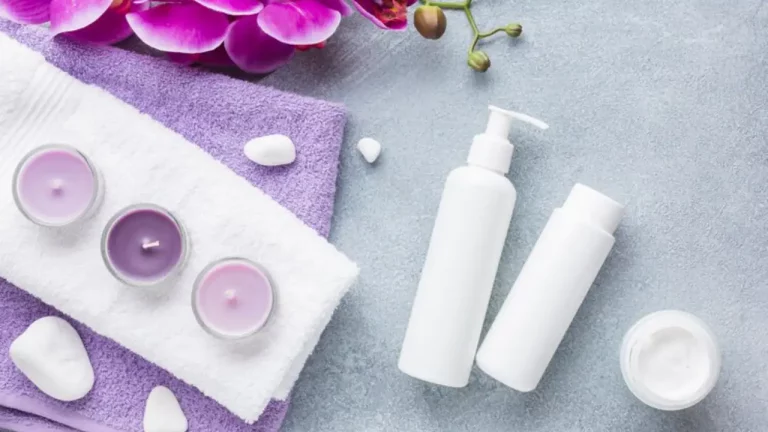
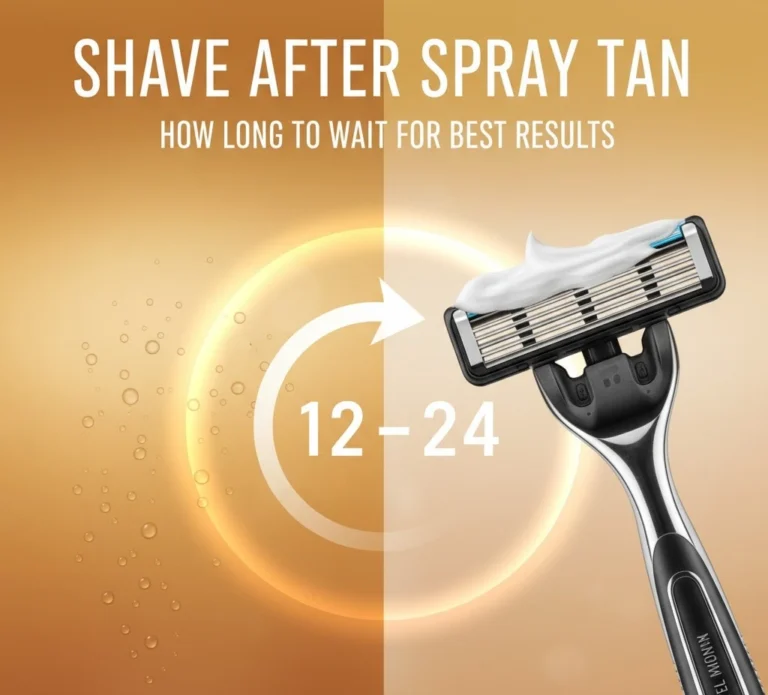

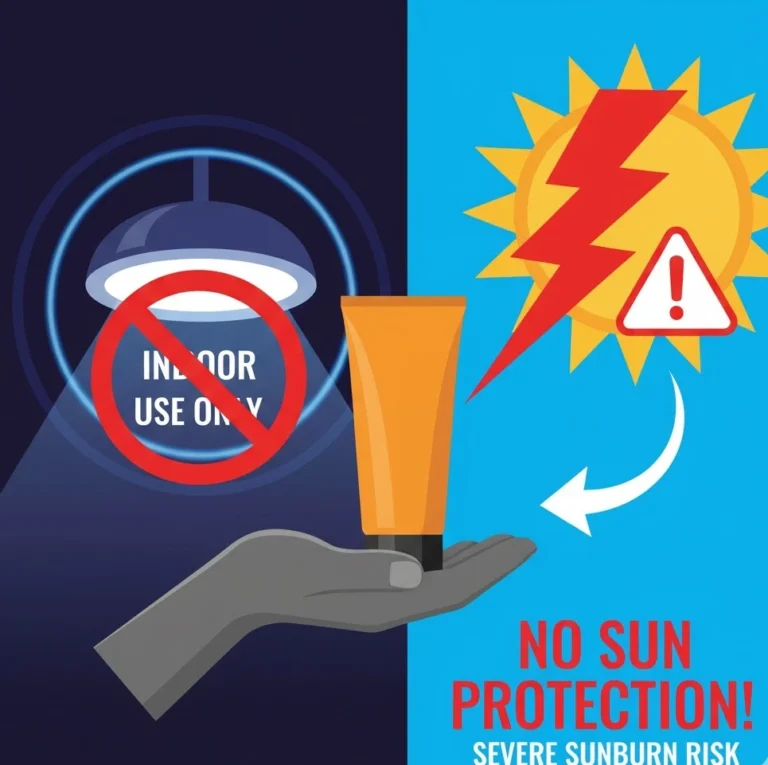
I just could not leave your web site before suggesting that I really enjoyed the standard information a person supply to your visitors? Is gonna be again steadily in order to check up on new posts.